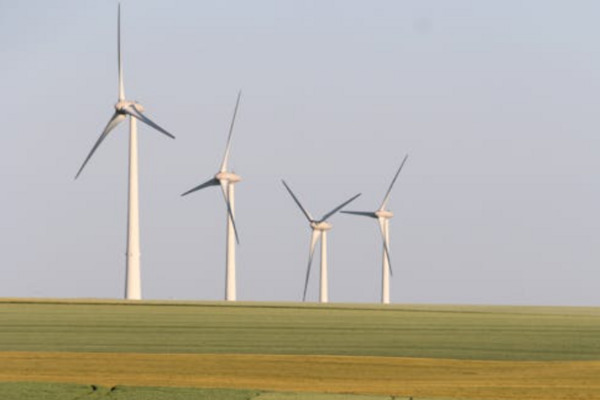Two new wind power projects in Vietnam, Huong Linh 3 and Huong Linh 4, are now connected to the national electricity grid. The announcement was made by POWERCHINA. Together, the two wind farms have an installed capacity of 60 megawatts (MW).
The projects are expected to generate 165 gigawatt-hours (GWh) of electricity each year. This output can meet the yearly power needs of about 48,000 households. According to the company, the wind farms are also expected to help reduce around 132,000 tonnes of carbon dioxide emissions annually.
Both wind farms are located in Quang Tri Province, which has seen several wind energy developments due to suitable wind conditions. The projects are part of Vietnam’s ongoing effort to increase the share of renewable energy in its electricity supply.
In addition to wind energy, POWERCHINA is working on another project in Vietnam. This is the Soc Son Waste-to-Energy Plant located in Hanoi. When completed, it will be one of the largest single-unit waste-to-energy plants in Asia.
The Soc Son facility is designed to process about 4,000 tonnes of municipal solid waste daily. It will use the waste to produce energy, generating an estimated 30 million kilowatt-hours of electricity annually. This energy will be sent to the grid, adding to Vietnam’s renewable electricity sources.
The plant will also help reduce pressure on landfills in the Hanoi area. Local authorities expect the facility to help manage urban waste more efficiently.
Vietnam is working on many other small-scale renewable energy projects. These include rooftop solar systems for schools and rural clinics, microgrids in island communities, and small hydroelectric systems in remote mountainous areas.
Together, these projects contribute to Vietnam’s renewable energy goals. The country aims to increase the share of renewables in its power mix, including solar, wind, and biomass, in response to growing electricity demand and environmental concerns.

